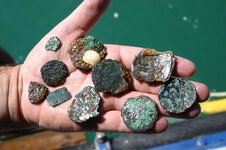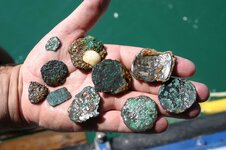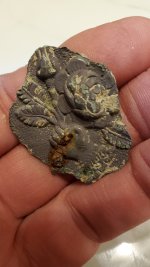- Oct 26, 2004
- 24,124
- 22,914
- 🏆 Honorable Mentions:
- 2
- Detector(s) used
- Minelab Explorer
- Primary Interest:
- Shipwrecks
Re: Rookie Question For Sebastian Inlet Treasure Hunters (PICS ADDED TODAY)
Armchair:
The coin was originally 'clipped' to bring its weight into conformity with the weight for that given denomination. In a previous post, I gave you the weight for an 8-reales, noting that lesser denominations (4, 2 and 1 real coins) would have proportionally lesser weight. So what is the weight (in grams) and denomination of this coin?
Armchair:
The coin was originally 'clipped' to bring its weight into conformity with the weight for that given denomination. In a previous post, I gave you the weight for an 8-reales, noting that lesser denominations (4, 2 and 1 real coins) would have proportionally lesser weight. So what is the weight (in grams) and denomination of this coin?





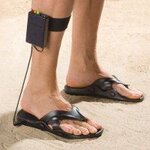
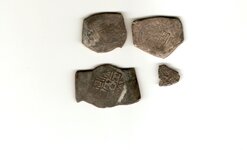
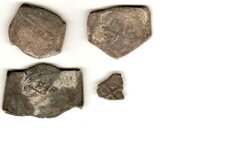
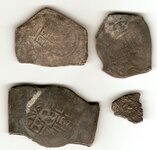
 The answer is no. ...not lately...not likely. After a storm, yes, its certainly possible.
The answer is no. ...not lately...not likely. After a storm, yes, its certainly possible.